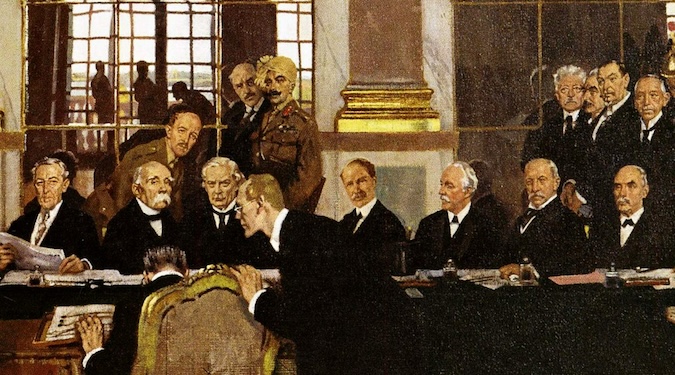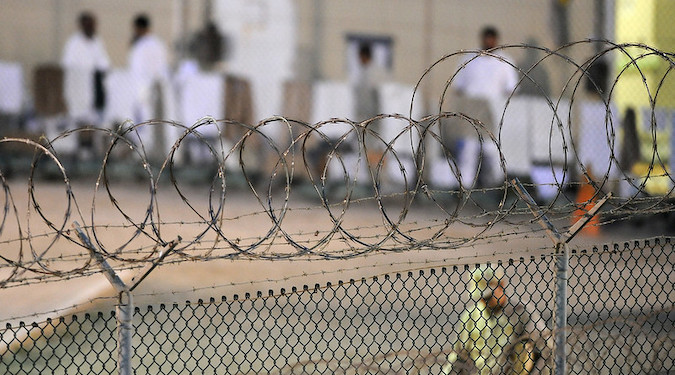In this book review of Paul Lushenko and Shyam Raman’s The Legitimacy of Drone Warfare: Evaluating Public Perceptions, Joseph Chapa examines how the authors purport to do four things: 1) deliver empirically verifiable differences in how citizens of various countries perceive the legitimacy of drone warfare (in this case, the US and France); 2) offer… Continue reading The Legitimacy of Drone Warfare: Evaluating Public Perceptions
Tag: Law of Armed Conflict
From Treaties to Tweets: The (In)Formality of War Termination
This article explores the causes for informality in war termination and advocates for a return to formality. Forever wars are a new, pervasive problem. Around the world, conflicts have been simmering and occasionally boil over. They do not seem to end, and this is not normal. International law scholars debate why this is happening, pointing… Continue reading From Treaties to Tweets: The (In)Formality of War Termination
Commissions Impossible: How Can Future Military Commissions Avoid the Failures of Guantanamo?
Aaron Shepard endeavors to examine the roots of the failures of the Guantanamo military commissions and suggest potential solutions to remedy them. His paper begins with an introduction to the concept of military commissions, including a brief overview of their historic utilization and import. It then provides a detailed background on Guantanamo Bay, covers the… Continue reading Commissions Impossible: How Can Future Military Commissions Avoid the Failures of Guantanamo?



